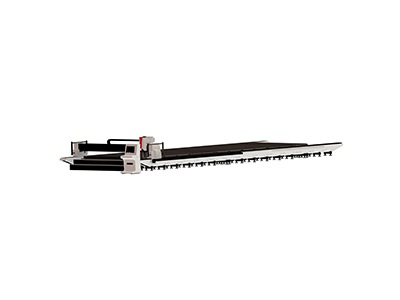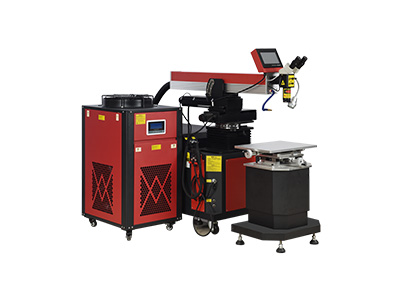- No.609, Centre Of Huijin Nanxiang, Yinxiang Road, Nanxiang Town, Jiading District, Shanghai, China
- sherry@sanmachines.com
- +86-18616767021
Popular robotic process welding!
Over the last several decades, robotic welding has become one of the most common robotic applications in the manufacturing sector, especially in the automotive sector due to the sector’s high-volume, repetitive welding tasks.
The following list, though not exhaustive, includes several of the most common types of welding.
Resistance Welding
Resistance welding is one of the most common types of robotic welding because of its economical benefits and versatility of function. In this process, a current passes between two pieces of metal, forming a pool with the heat and joining the pieces together.
Spot welding is a type of resistance welding. This type of welding is used primarily to join thin metal together. Typically, this practice is used in the automotive industry to join sheet metal frames together.
Arc Welding
Arc welding uses an electrode to create the heat necessary to melt and weld the metal components together. This type of welding is used for applications that require high accuracy and repeatability.
TIG Welding
Tungsten inert gas (TIG) welding is used for projects that require precision, such as welding bicycle frames and completing other complex products. This is a type of arc welding process that uses a non-consumable tungsten electrode to produce the weld. Typically, this is a slower weld because of the complexity of the process.
MIG Welding
Metal inert gas (MIG) welding uses a high rate of melted filler metal to create the weld. The process involves a wire that is fed toward the heated weld tip. MIG welding is a subtype of gas metal arc welding and is best used for applications that require simplicity and speed.
Laser Welding
Laser welding uses a laser generator that delivers a laser light via a fiber optic cable through a robotic cutting head to weld pieces together. Laser welding is often used in high volume applications that require high accuracy, especially in the automotive sector.
What Are the Advantages of Robotic Welding Over Manual Welding?
Robotic welding not only does it contribute to a safer work environment, but robotic welding also offers significant advantages over manual welding in improved quality, maximized efficiencies and decreasing cost of labor. Here are a few more advantages:
1. Faster, more consistent cycle times. Robotic welding systems can produce 24 hours a day, allowing for greater productivity and throughput.
2. Higher quality and higher volume. Welding at a high volume, systems can produce high-quality welds with speed, precision and efficiency to produce a high volume of diverse parts.
3. Fewer interruptions. Robotic welding systems allow for fewer interruptions caused by human-led manufacturing. This also creates a safer working environment and solves potential labor shortages.
Ultimately, manual welding can come with a lot of hidden costs and require the human welder to undergo training that takes time, skill and concentration to master the craft. Robotic welding, by contrast, produces components in a short amount of time with high precision and comes with fewer costs.
Related product links


































 Welder News
Welder News




